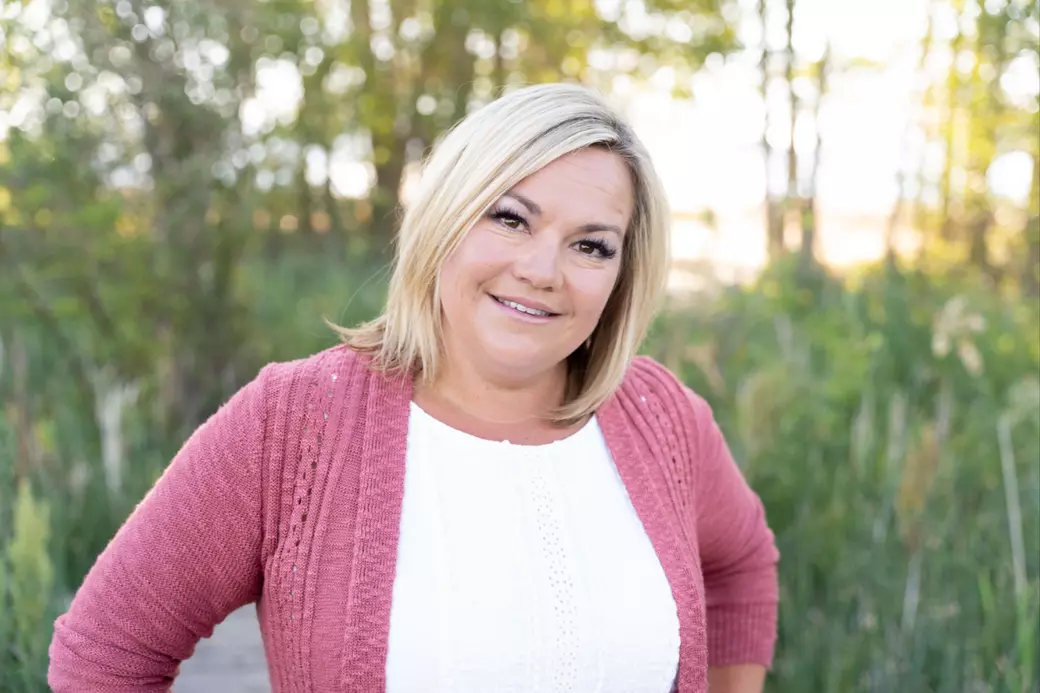A Crash Course in Home Loans

When it comes to buying a home, understanding how your mortgage, interest rate, and payment schedule works is crucial. Here’s a brief overview of what you need to know:
What Are Interest Rates?
Interest rates are the cost of borrowing money, expressed as a percentage of the loan amount. They can significantly impact your monthly mortgage payments and the total amount you pay over the life of the loan. Interest rates are determined by a variety of factors, including: economic conditions, credit score, loan type (fixed vs. adjustable), and loan term (typically 15 or 30 years).
How Do Payment Schedules Work?
A mortgage payment schedule outlines how much you pay each month and how those payments are applied to the principal (the loan amount) and interest. Here are the key components:
Amortization
Most mortgages are fully amortizing, meaning that each monthly payment goes towards both interest and principal, gradually reducing the loan balance over time. Early payments primarily cover interest, while later payments pay down more principal.
Monthly Payments
Your monthly mortgage payment typically includes four components, often referred to as PITI: principal (the amount borrowed), interest (the cost of borrowing), taxes (property taxes that are collected and held in an escrow account), and insurance (home owners insurance and possibly private mortgage insurance—PMI).
Extra Payments
Making additional payments towards the principal can reduce the loan balance faster and save on interest over time.
Types of Mortgages
Fixed-Rate Mortgages
These loans have a consistent interest rate and monthly payment over the life of the loan. They provide stability and predictability, making them popular among buyers who plan to stay in their home for a long time.
Adjustable-Rate Mortgages (ARMs)
ARMs start with a lower interest rate for an initial period (e.g., 5 years), after which the rate can adjust annually based on market conditions. They can be advantageous if you plan to sell or refinance before the rate adjusts.
FHA Loans
Insured by the Federal Housing Administration, these loans are designed for first time buyers and require a lower down payment.
VA Loans
Available to veterans and active-duty service members, VA loans are guaranteed by the Department of Veterans Affairs and often require no down payment.
USDA Loans
These loans are backed by the U.S. Department of Agriculture and are available in rural and suburban areas, offering low-interest rates and often zero down payment.
Getting Pre-Approved
Before you start house hunting, you’ll need to get pre-approved for a mortgage. This process involves a lender reviewing your financial situation and credit history to determine how much they are willing to lend you.
Closing Costs
When finalizing your mortgage, you will need to pay closing costs, which can include: loan origination fees, appraisal fees, title insurance and fees, recording fees, and prepaid costs like homeowners insurance or property taxes.
Want more details? Give me a call and let’s chat about your specific situation, or I can get you in contact with one of my local lenders.
Categories
Recent Posts











"My job is to find and attract mastery-based agents to the office, protect the culture, and make sure everyone is happy! "
